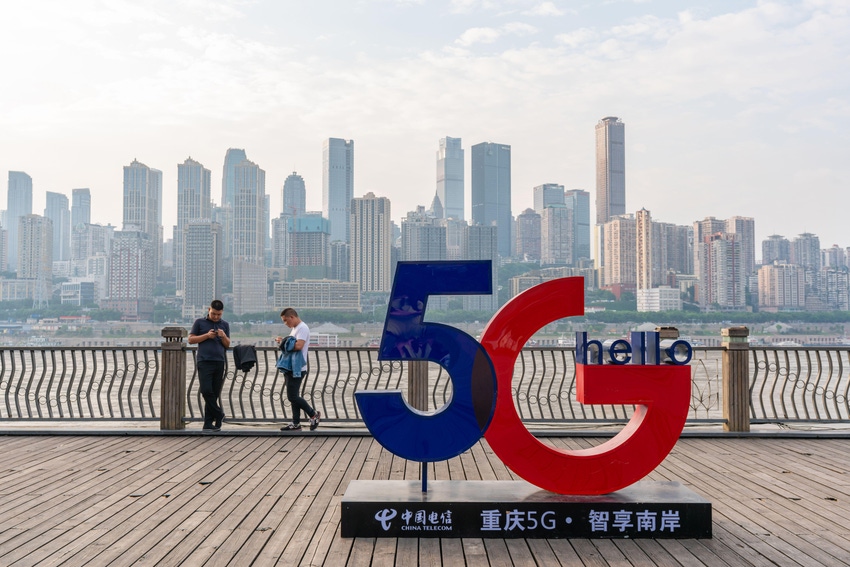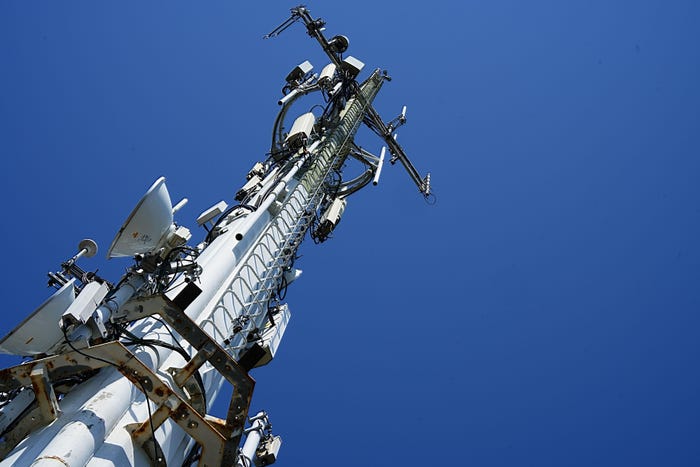
The 3GPP standards association has finished the bulk of its work on Release 18, and it's now available to 5G equipment vendors.
"After three years of specification work, the handset manufacturers and network vendors like Nokia can proceed to start selling 5G-Advanced compliant solutions to the market," Nokia's Antti Toskala wrote on the company's website.
Kevin Flynn, a spokesperson for the 3GPP, confirmed the Release 18 news in an email to Light Reading. "Ready to go!" he wrote of the specification.
That's critical for hardware companies like Nokia. After all, once they physically build equipment for a given technological standard, they can't then easily change that equipment in order to update it to a newer standard. Moreover, Nokia customers like T-Mobile can be sure that the Release 18 equipment they purchase from Nokia adheres to the same standards as the equipment they purchase from Ericsson. Likewise, phone vendors like Apple can be sure that the iPhones they build will connect to equipment made by both Ericsson and Nokia because of the 3GPP's standards work.
As Light Reading previously reported, Release 18 officially introduces the "5G-Advanced" brand name to the wireless industry. The 3GPP introduced its first batch of 5G technologies (sans "Advanced") as part of its Release 15 in 2017.
The 3GPP employed a similar "Advanced" upgrade tactic in the 4G LTE era. The group introduced "LTE-Advanced" with its Release 10 batch of specifications in 2011.
The Release 18 era
The 3GPP has been the organization driving the development of interoperable cellular networks since the early days of the wireless industry, and it typically releases "packages" of new technologies every year or so.
Not surprisingly, 5G equipment vendors are eager to sell new 5G-Advanced equipment.
"With AI/ML as a key component, in addition to other technologies, 5G-Advanced systems will enable support for cutting-edge technologies such as extended reality (XR) and reduced capability (RedCap) devices, while enhancing network energy efficiency," boasts Ericsson on its website.
And Qualcomm early last year outlined a wide range of technologies it hopes will be available through 5G-Advanced, including improved MIMO and lowered energy consumption.
But it will be up to each wireless network operator in the world to decide when and how to implement Release 18. As with all 3GPP technologies, each network operator will be able to pick and choose the specific technologies in the specification that it wants to deploy.
And given the ongoing decline in network spending among wireless operators globally, it's possible that 5G-Advanced might spend some time on the shelf before it's put into commercial action.
What's next
The 3GPP has already begun work on its Release 19 package of technologies, and the group currently hopes to finish that work by the end of 2025.
According to Ericsson, Release 19 promises to introduce a number of technological improvements to 5G-Advanced including boosting massive MIMO performance, further leveraging AI and machine learning technologies, and improving energy usage.
"Release 19 will serve as the bridge to 6G, where many solutions in Release 19 will provide the baseline for future 6G systems," Ericsson added.
In its current timeline, the 3GPP will use Release 20 to introduce more 5G technologies as well as to conduct an in-depth technical study of 6G RAN (radio access network) design.
Then, the 3GPP's Release 21 will standardize 6G RAN specs for a commercial launch of 6G by 2030.
About the Author(s)
You May Also Like



.jpeg?width=700&auto=webp&quality=80&disable=upscale)










